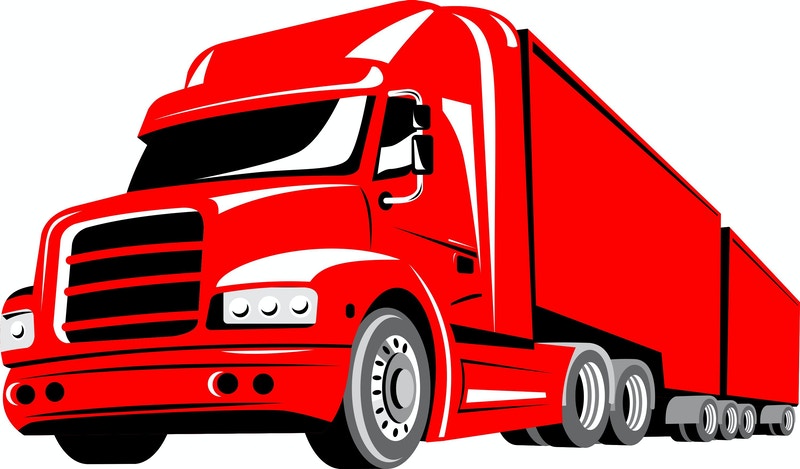

We’ve all seen trucks and tractor trailers that look like they may be moments away from losing their loads all over the highway, but most of us are lucky enough to have never seen it happen. An unsecured load is a dangerous thing, and nobody knows that better than Maria Federici, who was left without her senses of sight, smell, or taste after a piece of furniture flew off a U-Haul in front of her and crashed through her windshield.
No driver wants to be responsible for that kind of damage, not only because of the obvious damage done to Miss Federici, but because of the major legal ramifications many states now have in place for drivers who fail to secure their loads. Fortunately, avoiding an accident is as simple as preparing your load carefully with the best tie downs and tie straps. Here are our best tips for using webbing straps safely to secure your load.
- Make Use of the Best Tie Downs
Secure large or heavy items with adequate straps, ropes, bungee cords, netting, or even a combination. For very large items, make sure they’re secured directly to your vehicle. They must be able to withstand the wind loads of 70 mph on the freeway, so don’t use small strings or webbing that has been frayed, cut, or damaged.
- Cover It Up
Especially when transporting loose, lighter items like tree clippings, make sure you use a tarp or net to keep your load in place. Tie it securely to avoid letting that become debris as well.
- Stack Smart
It might seem counterintuitive, but place lighter items at the bottom of your load, making sure they’re secure. Also be careful to distribute your load evenly to prevent items from sliding.
- Be Reasonable
Don’t overload your truck bed, and keep material level with the truck bed or trailer unless it’s tied down, netted or tarped. Materials below the truck bed should also be secured if there’s any chance of them blowing out or falling from the vehicle. - Don’t Take Chances
Double check your load to make sure it is secure at the back, sides, and top. Remember that loads can move and settle during a journey, allowing restraints to loosen. If possible, recheck restraints shortly after beginning your trip. - Take a Closer Look
Both your vehicle and your trailer should be in good mechanical condition. Make sure your vehicle is rated to tow the load, and drive accordingly. Remember that your load will make your vehicle less maneuverable and it will take longer to stop.
Have a Little Empathy
Ask yourself if there any chance of debris falling or blowing out of your vehicle. Would you feel safe if you were driving behind your vehicle? What would happen to the load if you had to brake suddenly or if you hit a bump?
If you’re careful to arrange your load safely and use only the best tie downs, you’ll be better able to share the road with other drivers. Don’t let Maria Federici’s story become yours. Safer driving starts with you. Find out more here: www.strapworks.com